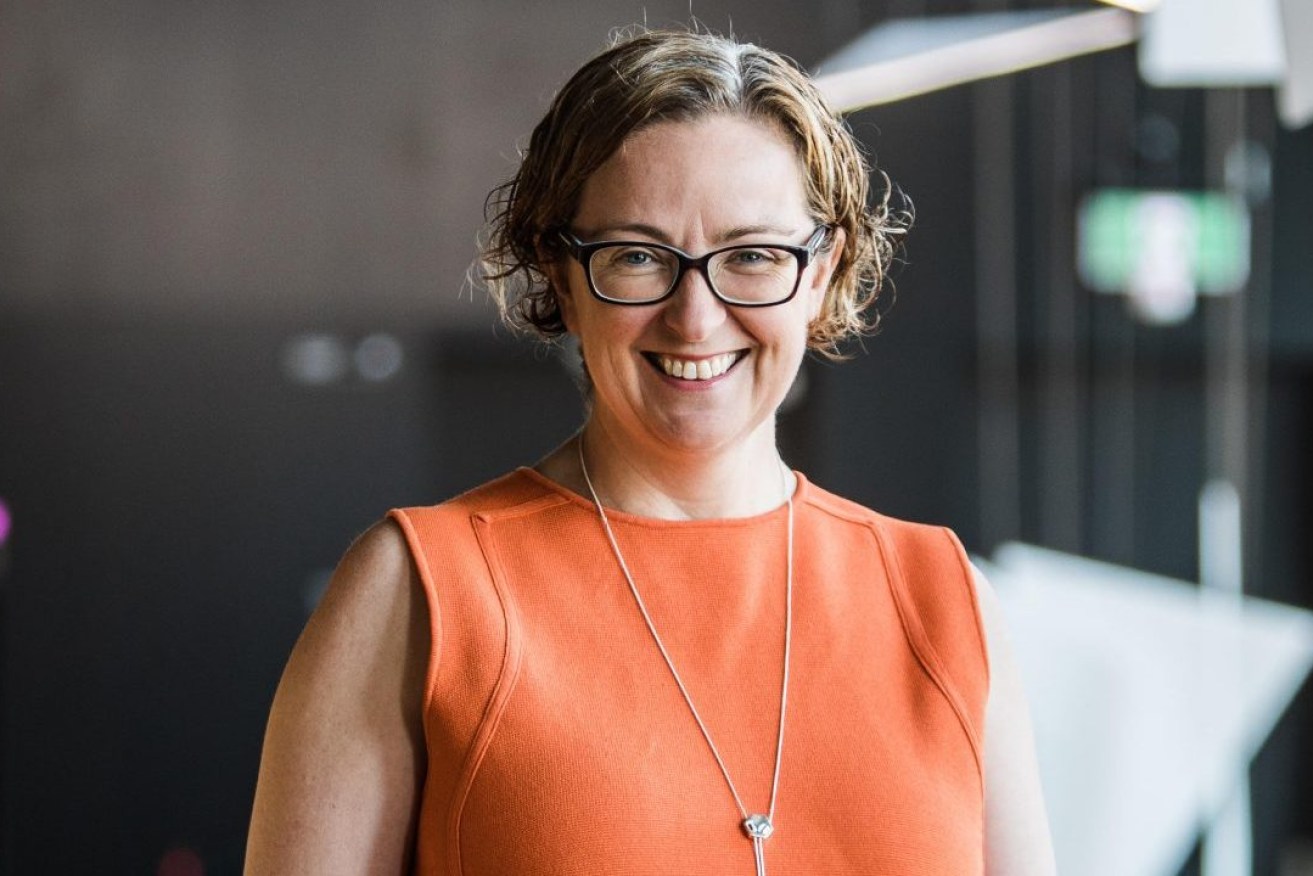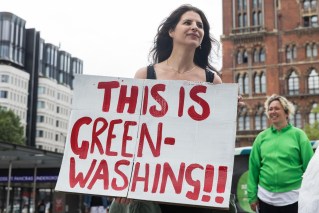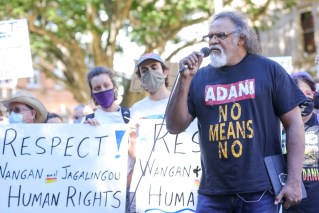Solving the world’s great challenges and creating the future from Adelaide
Originally from Brisbane, engineer and futurist Dr Kristin Alford now helms Adelaide’s MOD, a future-focused museum helping to solve the world’s challenges while providing a wildly different experience of these cultural institutions.

Photo: Daniel Marks
Dr Kristin Alford is in her element. As the inaugural director of MOD., Australia’s leading future focused museum, she has her finger on the pulse of innovation and change.
“As a futurist I want to be scanning changes in a variety of industries, sitting on the edge of the entrepreneur networks, and looking at that early stage development and where people are seeing the problems and solutions,” Alford said.
MOD. is part of an emerging global network of future focused museums that includes Futurium in Berlin, Museu do Amanhã in Brazil and Dubai’s Museum of the Future. All are seeking to stimulate discussion, thinking and action around possible futures.
For MOD. and its global network of museums, the ideas are found at the intersection of art, science and innovation.
“That’s the joy of being a futurist in charge of a future focused museum – those boundaries are blurred for me,” Alford said.
Locating the now five-year-old museum in close proximity to emerging industries, such as space, high-tech, and health and wellbeing “where there’s a lot happening”, was a deliberate move, with MOD. located on the University of South Australia’s campus in Adelaide’s CBD.
Alford also consults within the university, mostly working on building the capacity within individuals to think effectively about futures, and is interested from both a strategic direction perspective and an educational perspective.
She came into futures thinking having worked in mining, aviation and agriculture across a range of disciplines, including engineering, strategy, product development, marketing and communications.
For futurists, having diverse experiences opens up broad perspectives about how the world works, encourages systems thinking and fuels a curiosity about the long-term impacts of humans’ actions.
Alford moved into the field while living in Melbourne, consulting to companies, utilities and all levels of government that were making large scale investments that would have a significant lifespan.
With her husband Robert regularly flying back and forth, they decided to relocate their young family to Adelaide for a new work opportunity “for a couple of years” in 2007.
The connectedness of the South Australian community meant that getting to the decision maker was easier too.
“I didn’t get lost in the network of bureaucracies as much,” she said and added that Adelaide’s mid-size was also an advantage.
“What I found as I started to rebuild my consulting connections was that I could get a lot more done in Adelaide; I could do four meetings in a day, jumping across the city.”
Sixteen years later, they are still there and have seen the transformation of the city’s skyline, driven by South Australia’s embrace of future industries and its spearheading of the global green energy transition. Most obvious among the changes is the rapid growth of Adelaide BioMed City and of the innovation district, Lot Fourteen.
Within this intellectual landscape, Alford believes Adelaide’s MOD. will provide the impetus for Australian high school and university students to approach their careers with fresh perspective.
“Museums are really well placed to tell stories about who we want to be […] and be a rallying point for communities to think differently,” she said.

Photo: Sia Duff
Exhibits at MOD. are interdisciplinary and system-oriented, and not purely science or art. They are audacious and engaging, underscored by and provoking a deeper level of thinking – both entertainment and a connection to research and innovation.
For young people entering its realm, she thinks the ultimate outcome will be the willingness and ability to adapt to and direct a changing future.
“We’ll see less conversations about smart kids doing medicine and law, and more conversations about smart kids looking for the problems in the world they want to solve,” she said.
In development for next year is an exhibition acknowledging a post-COVID, post-Trump sentiment that from housing to capitalism to democracy to the environment, “everything feels broken”.
Using the theoretical frameworks of futures theories, the idea is to help visitors think through the elements of hopeful action.
“It’s very difficult to feel optimistic when you’re looking at images of bushfires and drowning polar bears,” said Alford, who has consulted to people at the coalface of climate, sustainability and emerging technologies.
“But if we imagine a positive view of the future, with greater use of renewables or with improved biodiversity, and we think about what we can do in our own space – and we’re able to do multiple things and we’re feeling good about that – we might actually move towards changing that more complex system.”
In most of her future looking projects, there is a community garden. Although she said it may sound “flippant”, what it represents can be different in each future: the only source of food; a new system of commerce; the result of work-life balance. Futures thinking, she said, is not confined to expensive, large-scale infrastructure projects.
“There’s also the yearning for the things that makes us human and that give us connection to each other and connection to land.
“[Kaurna Elder] Uncle Lewis [Yarlupurka] O’Brien once shared with me that Adelaide has always been a meeting place where people come together to exchange ideas – it’s always been a place of learning.”
Her first impression of the city was “it was a really interesting place because I was meeting really interesting people, but you had to poke the surface of the city a bit to find them,” she recalled.
“When I think about the last five years… all of that really exciting stuff that was bubbling underneath is now really visible – certainly around the innovation landscape, the Australian Space Agency being here and the [associated] ecosystem that’s developing.”
Going back to those blurred boundaries between the disciplines, she noted that a lot of thinking about the future is experiential and with creative roots.
“The immersive technology of AR and VR, and the narrative and stories that we tell ourselves – they emerge from having a really vibrant cultural and creative sector.
“The creative industries focus that we have [in South Australia], through everything from special effects to festivals to world leading dance, theatre and visual arts, is actually key to that sense of meaning making that’s important for futures work as well.”
For those keen to imagine different futures, particularly in an era of disinformation, Alford said what it takes is critical media literacy, curiosity, “getting out of your own way” to see things from a different perspective, and the mobilisation of people and resources.
And maybe a quick visit to Adelaide’s MOD..













